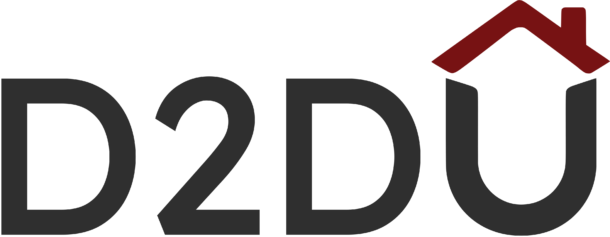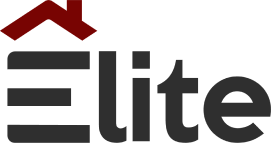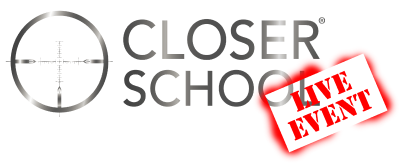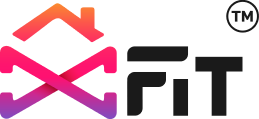The roofing sector is teeming with opportunities, offering a landscape rich in potential for growth and profitability.
It’s an exciting field, but let’s be real—it’s not suited for everyone.
To excel in selling roofing services, you must be at the top of your game. You’re stepping into a competitive arena, so bringing your best is non-negotiable.
You might wonder, “Is it doable to hit $100,000 yearly in roofing sales?”
The answer is a clear YES, but you need a well-thought-out strategy.
To help you navigate this path, we’ve meticulously gathered and analyzed extensive industry data, integrated proven best practices, and research-backed insights.
Think of it as a comprehensive blueprint designed to guide you toward how to make 100k in roofing sales.
More specifically:
- How much do roof sellers make
- How to set and chase your sales goals
- How to build and manage your sales pipeline
- How to master the art of cold calling
- How to leverage technology and tools to boost your sales performance
- How to provide excellent customer service and generate referrals
How much do roofing sales reps make?
If you play your cards right, you can comfortably earn as low as $80,000 and as much as $100,000 per year.
How much do roofing companies make?
I’ve helped companies in the roofing industry go from $1 million to $20 million within one year.
With the right approach, roofing companies can achieve exponential revenue growth within a relatively short timeframe.
Unlock Your Path to $100K in Roofing Sales!
Get Your Roofing Sales Training Manual PDF
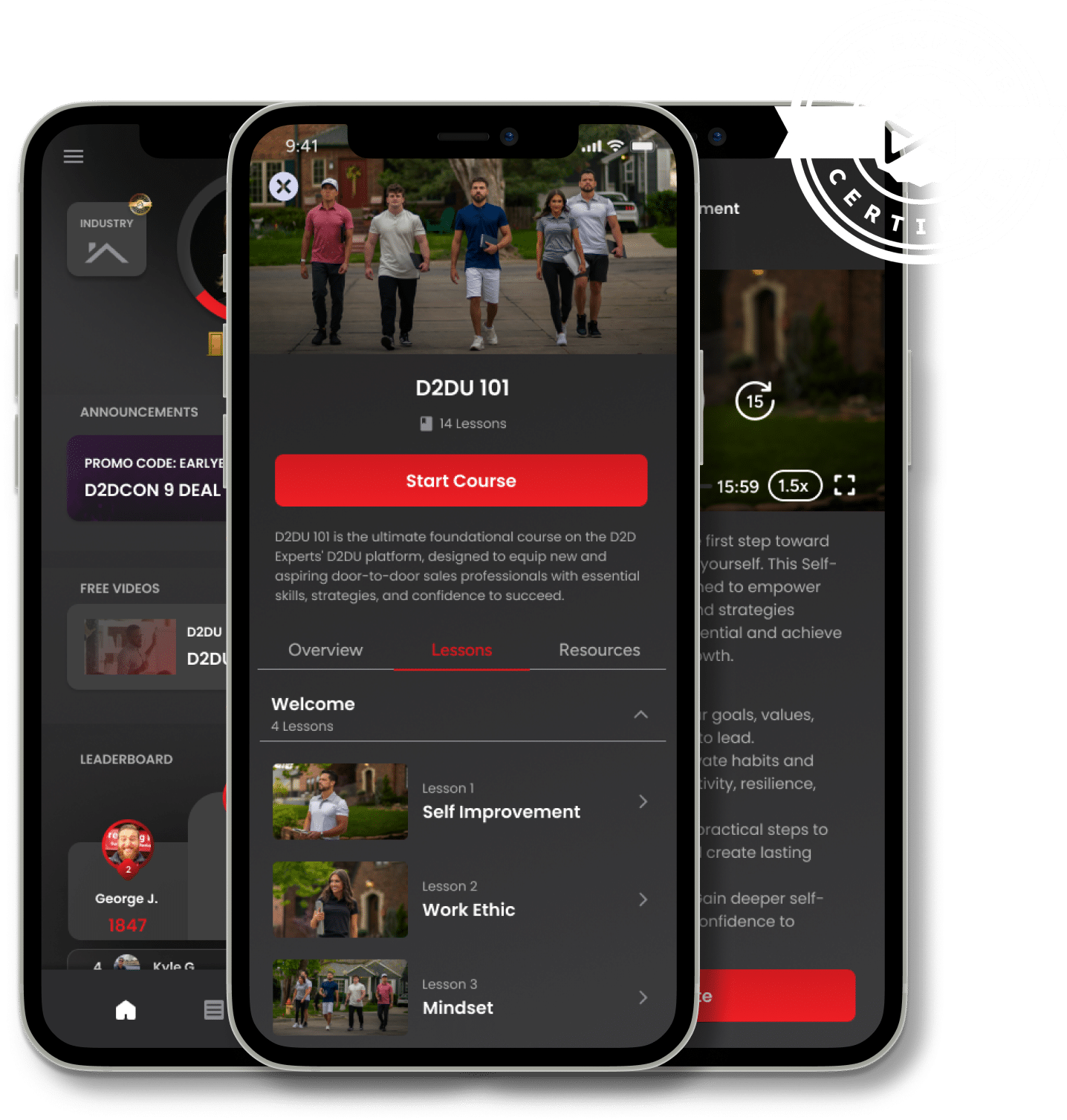
How to Make Money As a Roofer? Mapping the Pathway to 100K
Here are a few goals to consider if you want to make 100k in roofing sales:
– Your income goal
How much money do you want to make in roofing sales? This will determine how many roofs you need to sell and at what price.
– Market size
How big is your area’s potential market for roofing services? Identifying this will help you determine the number of leads you need to generate and the level of competition to expect.
– Closing rate
How many leads do you convert into customers? This will determine how many appointments you need to book and how effective your roofing sales script is.
Average job value
What is your standard rate for each roof installation or repair? This will determine the profitability of your roofing sales and the commission you earn.
Most roofing companies still operate under the 10-50-50 model—you take 10% off the top, then split the remaining 50% between the owner and the representative. That structure is a red flag for growth. If you ever want to add a sales manager or reward your veteran reps, there’s nothing left to give. Instead, base commissions on a percentage of total gross and build in clear tiers—so every rep can see a path to higher pay, and you can fund proper leadership roles, helping you maximize efficiency in your roofing operation.
Once you have decided on the factors, it’s time for some number crunching.
Key Assumptions and Benchmarks
- Average Job Value: According to HomeAdvisor, roof replacements average $9,513 (range: $5,866–$13,208), while Noble Roof reports an average of $9,460 (range: $5,860–$13,150).
- Appointment-Set Rate: 30%. Target a 30% conversion of leads into booked appointments; top campaigns can exceed 50% B2B Appointment Setting.
- Appointment-to-Sale Close Rate: 35%. A healthy close rate on appointments typically sits around 30–40% in roofing sales, according to ProLine, with larger firms averaging approximately 27%, as reported by Best Roofer Marketing.
- Overall Lead-to-Sale Rate: 10.5% (30% × 35%).
Calculations
- Annual Sales Goal: 20 roofs ( $100 000 / $9 513 ).
- Appointments Needed: 20 roofs ÷ 0.35 ≈ 57 appointments.
- Leads Needed: 57 appts ÷ 0.30 ≈ 190 leads.
| Metric | Annual Target | Monthly Target | Weekly Target | Daily Target |
|---|---|---|---|---|
| Leads Generated | 190 | 16 | 4 | 0.8 |
| Appointments Booked | 57 | 5 | 1.2 | 0.24 |
| Roofs Sold | 20 | 2 | 0.4 | 0.08 |
How to Communicate with Reps
- Monthly: “Generate 16 leads, book five appointments, close two roofs.”
- Weekly: “Aim for four leads, 1–2 appts, 0–1 roofs.”
- Daily: “1 lead every other day; follow up on every open lead.”
Financial and Pipeline Health Metrics
- Cost-per-Lead (CPL): Target $500 or less. Keeping the CAC under $500 helps maintain profitability; top firms aim for much lower levels, often $150–$300.
- Lead Spend: At a $400 cost per lead (CPL), 190 leads cost $76,000, versus $200,000 in revenue (38% of revenue).
- Pipeline Coverage: Maintain a 3× quota in the open pipeline—i.e., $300,000 in potential deals—to smooth out timing and conversion variability.
Actionable, CRM-Driven Tracking
- Stage the Funnel: Create discrete CRM stages—Lead → Appointment → Proposal → Closed Won.
- Automate Tasks: Trigger reminders for follow-ups based on stage and the elapsed time.
- Roll-up Metrics: Use CRM dashboards to show real-time conversion rates, CPL by channel, and pipeline coverage.
- Weekly Reviews: Compare actual results to targets; if lead generation is behind, reallocate marketing spend or increase outreach efforts.
Break the bigger goal into smaller, manageable targets you can track and measure. Monthly, weekly, and daily goals are based on the number of leads, appointments, proposals, and contracts you need to generate.
Hitting the target of 20 roofs in a year boils down to a simple monthly goal: securing two sales per month. Aim for at least four new leads weekly, maintaining a closing rate of at least 50%.
Pro Tip: Utilize a spreadsheet or CRM software to track your progress and performance against your goals.Build and Manage Your Sales Pipeline
The second step is to build and manage your sales pipeline.
A sales pipeline visually represents the stages your leads progress through before becoming customers. It helps you organize leads, prioritize tasks, and optimize your sales process.
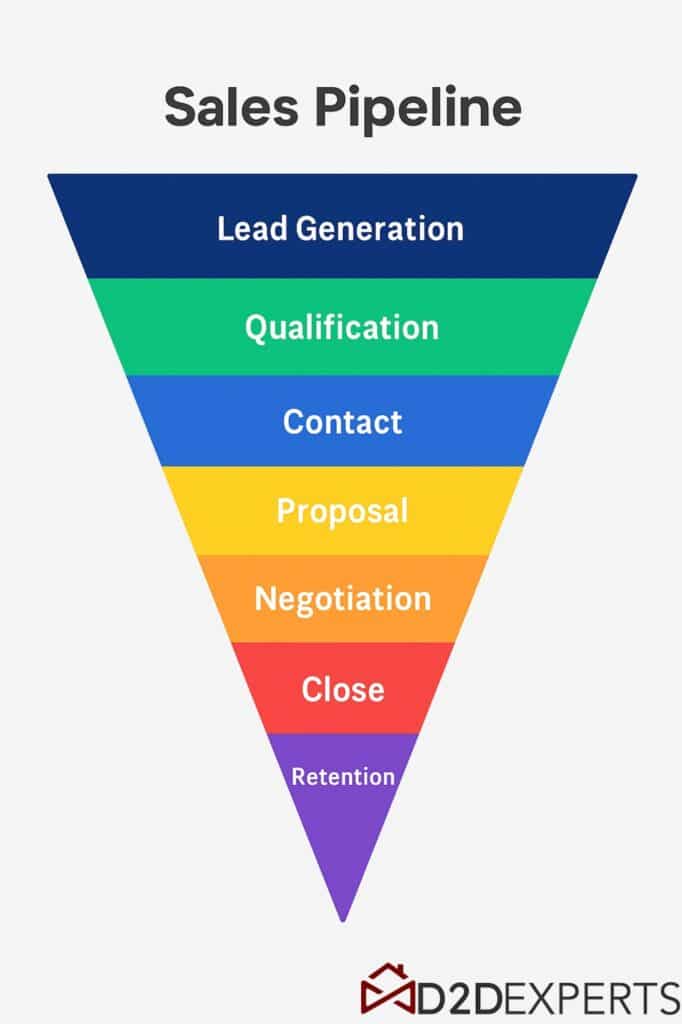
A typical sales pipeline for roofing sales consists of the following stages:
Lead generation
This is where you find and attract potential customers interested in roofing services. Door-to-door knocking, referrals, online marketing, and networking are excellent lead-generation methods for the roofing industry.
Appointment setting
This is where you contact your leads and schedule an appointment with them. You can use phone calls, emails, or text messages to reach out to your leads and encourage them to meet with you.
Roof Inspection
This is the stage where you visit your leads and inspect their roofs. You can use tools such as drones, satellite images, or roof measurement software to assess the condition of their roofs and identify their needs and pain points.
Proposal presentation
This is the stage where you present your proposal to your leads and show them how you can solve their problems and add value. You can use digital contracts, financing options, or testimonials to demonstrate your credibility and professionalism.
You need to have a system to track and measure your pipeline metrics, such as:
- The number of leads in each stage
- The conversion rate from one stage to the next
- The average time spent in each stage
- The value of each stage
A simple Google spreadsheet or CRM software can help you manage your sales pipeline and track key metrics.
Still unsure about how to proceed?
Our Business Bootcamp equips sales leaders with hands-on roofs sales training to master these skills.
Unlock Your Full Sales Potential with Our Business Bootcamp!
Join the Top D2D Experts to Transform Your Sales Strategy

Become An Expert Cold Caller
What is the third key to unlocking that 100k in roofing sales? Perfect your cold-calling skills.
Cold calling is about reaching out to potential clients who have shown no prior interest in your services and offering solutions before they realize they need them. It’s a game of thorough preparation, insightful research, and a well-thought-out strategy.
The Door-to-Door University offers specialized training modules that focus on mastering cold-calling techniques in the roofing industry. Learn from industry experts, get hands-on experience, and unlock advanced sales strategies and insights. Boost your roofing sales with a targeted roofing sales script.
Discover D2DU: Schedule Your Appointment Today!
Craft Your Roofing Sales Script
Your roofing sales script acts as a guiding framework for your conversation.
Structure it in a way that covers all critical elements. Begin with an introduction to establish rapport and an engaging hook to capture the reader’s interest. Mention the value you offer and ask questions to qualify the lead.
Try to hit all the key points: An introduction, a compelling hook, a clear value proposition, qualifying questions, a decisive call to action, and responses to potential objections.
Tools like the D2DU, which hosts a wealth of materials and interactive lessons for roofing sellers, can help you craft the perfect script.
Know Your Prospects
Before dialing that number, take a moment to understand who’s on the other end. Utilize platforms like Google Maps, Zillow, or Facebook to gather details such as their name, address, contact information, type of roof, age, condition, and any existing damages.
This helps tailor your door-knocking scripts for roofing and establishes a connection with your potential client.
Learn to Tackle Common Objections
| Objection | Sales Tip | Response |
| “I’m not interested” | “That’s great to hear you have someone you trust. Many homeowners find it beneficial to obtain a second opinion to ensure they are getting the best value and service. Would you be open to a no-obligation assessment from us, just for your peace of mind?” | Don’t take it personally. This objection often means the prospect doesn’t yet see the value. |
| “I’m busy right now.” | Respect their time and try to secure a commitment for a future conversation. | “I completely understand, and I value your time. Would it be okay if we scheduled a brief chat at a more convenient time for you? It might be worth exploring how our roofing solutions could benefit you.” |
| “I already have a roofer.” | Position yourself as an alternative or a second opinion, not necessarily a replacement. | “That’s great to hear you have someone you trust. Many homeowners find it beneficial to get a second opinion just to ensure they’re getting the best value and service. Would you be open to a no-obligation assessment from us, just for your peace of mind?” |
| “I don’t have any roof problems.” | Emphasize the importance of preventative maintenance and regular check-ups. | “I’m glad your roof is in good shape. However, just like regular health check-ups, it’s beneficial to have periodic roof inspections to catch potential issues before they become costly problems. We offer complimentary assessments; would you be interested in scheduling one?” |
| “I can’t afford it.” | Highlight financing options, long-term savings, and the cost of potential future repairs. | “I completely understand budget constraints. That’s why we offer flexible financing options to make it more manageable. Plus, investing in quality roofing now can save you significant costs in the long run by avoiding major repairs. Would you like to hear more about our affordable solutions?” |
Explore the detailed D2D guide on how to address sales objections.
How to Leverage Technology To Boost Your Roofing Sales Performance
Still stuck with your old roofing sales techniques
Start exploring the integration of technology and tools into your roofing sales techniques. Leveraging the right tech can streamline your operations and give you a significant edge over competitors still clinging to older methods.
Here’s a breakdown of some game-changing tools and technologies that can supercharge your roofing sales:
1. CRM Software: Your Digital Assistant
CRM software, such as The D2D CRM – D2D Expert’s very own CRM and free knocking app, can help you manage everything from contacts, leads, and appointments to proposals and payments.
With lead tracking, appointment scheduling, and proposal management features, you’ll have all your sales metrics in one place. This helps you stay organized and focus on closing deals. The built-in free knocking app is a game-changer for field sales professionals, offering real-time insights to keep your team on track.
2. Roofing Estimation Software
Tools like RoofSnap can help provide accurate roofing measurements, craft professional proposals, and ensure your quotes are spot-on. By minimizing human error, they save costs and enhance your professional image.
3. Drone Inspections
Services like Loveland Innovations are revolutionizing roof assessments. They capture detailed images and videos of roofs with drones and can generate comprehensive reports on the roof’s condition with AI. This saves time, reduces risks, and adds a ‘wow’ factor for your clients.
4. Financing Options
Services like Hearth let you offer flexible payment options, removing a significant barrier to closing sales. With customizable plans, clients are more likely to proceed with large investments.
5. Tap Into the Power of ChatGPT
AI tools like ChatGPT do more than automate repetitive tasks. They help craft personalized emails, generate customer insights, and refine marketing strategies to drive business growth. The ability to process and optimize content for search engines ensures your website stays ahead of competitors.
You can even utilize the revolutionary bot to spy on your competitors in the competitive roofing industry and develop more informed sales strategies. Here’s an example ➜
Provide Excellent Customer Service and Generate Referrals
The fifth and final step is, well, a no-brainer.
It is the key to retaining customers, generating referrals, and building a reputation.
You must provide quality workmanship, timely communication, transparent pricing, and a professional attitude.
1. Active Listening
Pay close attention to what the customer says. Understand their needs, concerns, and desires. This will help you provide a solution tailored to them and make the customer feel valued and heard.
2. Clear Communication
Always keep the lines of communication open. Whether it’s updating the client about the progress of a job, explaining the intricacies of a roofing solution, or addressing concerns, clear and transparent communication builds trust.
3. After-Sales Support
The relationship shouldn’t end once the sale is made. Offering after-sales support, whether through maintenance tips, periodic check-ins, or addressing post-installation queries, can make a difference.
4. Ask for Feedback
Constructive feedback is a goldmine. It helps you improve and shows customers that you value their opinions. Use tools like surveys or feedback forms to gather insights.
5. Encourage Referrals
A satisfied customer is your best advocate. Please encourage them to refer your services to friends and family. Consider setting up a referral program with incentives to make it more appealing.
6. Go the Extra Mile
Sometimes, the little things leave the most significant impact. Whether accommodating a last-minute schedule change, offering a discount, or simply sending a thank-you note after the service, these gestures can turn a satisfied customer into a loyal one.
Prioritizing after-sales services helps retain clients and incentivizes them to become brand ambassadors. This is invaluable in an industry where word of mouth can make or break a business. Remember, a happy customer doesn’t just bring repeat business; they get new customers.
Best Materials For Roofing Sales
Let’s discuss the roofing game’s go-to materials that protect and sell.
Asphalt Shingles: These bad boys are the USA’s bread and butter of roofing. Why? Because they’re budget-friendly and a breeze to slap on. Perfect for both the homes we live in and the places we work. They’re the hotcakes of roofing materials—everyone wants them. Though they’re not marathon runners of roofing materials, their maintenance is a walk in the park, and they laugh in the face of most weather tantrums.
Metal Roofing: Talk about the Iron Man of roofing materials! These are tough as nails, with a lifespan that makes turtles jealous—think 40 to 70 years. They’re the heroes when it comes to fire resistance and standing up to Mother Nature’s moods. Bonus: they’re as light as a feather, making them a dream for contractors to transport.
Clay Tiles: These are the sunbathers of roofing materials, thriving in the heat and staying cool under pressure. They’re in it for the long haul, boasting a century of life expectancy without cracking under seasonal mood swings. They’re a bit heavier and will cost a pretty penny for installation, but they sell like hotcakes in warmer climates.
Slate: Last but not least, the knight in shining armor—slate. Fireproof, weather-resistant, and virtually maintenance-free, slate lasts up to 100 years. It’s pricier, but it sells itself to those looking for a classic, natural vibe.
There you have it – the lineup of materials that not only cover houses but are also hot sellers in the roofing world. Whether you’re in the heat or bracing for snow, there’s something for every project and pocketbook.
FAQs
Is it realistic to make $100,000 in roofing sales?
Yes, it’s entirely possible to make $100,000 or more in roofing sales. Many roofing sales professionals achieve this milestone through hard work, strong sales skills, and consistent effort.
What skills are essential for success in roofing sales?
Key skills include:
- Strong communication and interpersonal abilities.
- Negotiation and persuasion skills.
- Knowledge of roofing products and services.
- Time management and organization.
- Problem-solving and resilience.
Do I need prior experience to succeed in roofing sales?
While experience can help, it’s not always necessary. Many companies provide training for new hires. A willingness to learn, determination, and a customer-focused mindset are often more critical.
Not a Walk in the Park, But Not the “Mission Impossible” Either!

Making 100k in roofing sales is entirely possible with the right door to door approach.
It’s all about setting ambitious sales targets, nurturing your sales pipeline, honing your cold-calling skills, tapping into the latest tech tools, and delivering top-notch customer service.
Like this read?
D2D content is here to help you take your sales game to new heights.
I knocked doors since I was 11! Never bought into the whole hourly normal job, and used direct sales to be the vehicle to create MASSIVE success. I Started the Direct Sales division for Solcius as their VP building it up to have 70+ sales reps nation wide. In 2018 I left to pursue a greater mission to unify and uplevel the Door to Door industry and founded the D2D Experts.






